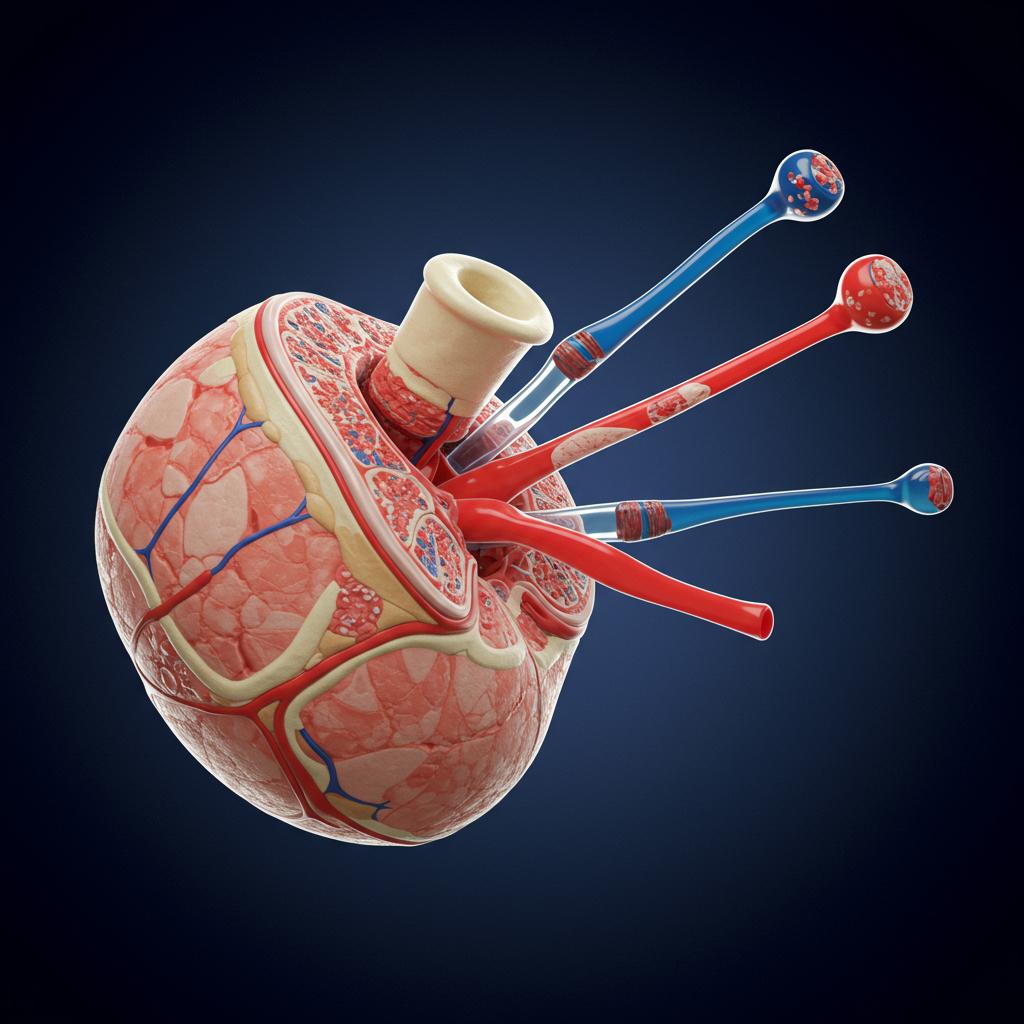
Ever wondered what happens behind the scenes when a dentist performs a gum graft? It’s a fascinating area of dentistry that’s constantly evolving, and understanding the science behind it can make a big difference in the success of the procedure. A recent study delved deep into the microscopic world of gum tissue grafts, uncovering some intriguing findings that could change how dentists approach these procedures.
Let’s break down what the researchers discovered:
- The Importance of Donor Site Selection: Just like choosing the right paint color can make or break a room’s aesthetic, selecting the right donor site for a gum graft plays a crucial role in its success. This study examined three common donor sites in the mouth: the hard palate (the roof of your mouth), the maxillary tuberosity (the area behind your upper molars), and the palatal rugae (the ridges behind your front teeth). It turns out that these sites aren’t created equal. They have distinct differences in their microscopic makeup, impacting how the grafted tissue behaves.
- A Closer Look at the Tissue: Researchers carefully analyzed 50 tissue samples from these three donor sites, looking at factors like the overall thickness of the tissue, the height of the epithelial layer (the outer protective layer), and the “interdigitation perimeter,” which essentially describes how much the tissue’s edges interlock, like puzzle pieces. Think of it as assessing the quality of the “fabric” being used for the graft.
- Spotting the Differences: Using sophisticated statistical tools and predictive modeling, they discovered significant variations in these microscopic features between the three donor sites. Some sites had thicker tissue, others had taller epithelial layers, and the degree of interdigitation varied as well. These differences can influence how well the graft integrates with the existing gum tissue, how quickly it heals, and the overall aesthetic outcome.
- Predicting Graft Success: The research went a step further by identifying the most critical factors in predicting graft success. The overall height of the graft, the height of the epithelium, and the perimeter of the tissue emerged as the key players. This information is invaluable for dentists, helping them make more informed decisions about which donor site is best suited for a particular patient and procedure.
- What This Means for Patients: While this might sound highly technical, it has real-world implications for anyone considering a gum graft. By understanding the subtle but significant differences between donor sites, dentists can better tailor the procedure to each patient’s individual needs. This personalized approach can lead to more predictable and successful outcomes, minimizing complications and maximizing the long-term health and aesthetics of your smile. So, next time you’re discussing a gum graft with your dentist, don’t hesitate to ask about the donor site and how its characteristics might impact your treatment plan.
This study emphasizes the importance of precision in dentistry. It’s not just about placing a graft; it’s about selecting the optimal tissue for the job. This research paves the way for more personalized and predictable gum grafting procedures, ultimately leading to healthier, more confident smiles.
